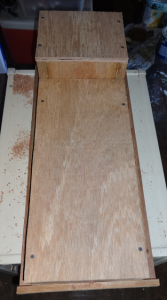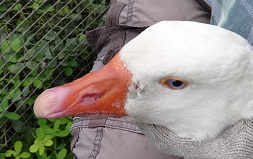Today I harvested 4kg (8lbs) of a little known ground root in Belize called Koorka. They are little tubers about 2.5cm (1 inch) in size. You eat them like you would potatoes.

This year we did an experiment to figure out how best to grow them. We started the vegetable from cuttings and put some in clay, furrowed earth and 2 foot high beds filled with decomposed rice hulls. We got the best crop from the beds and the largest size of tuber. The ones in clay were tiny and took the longest to harvest; it was back-breaking!

This plant is actually from the Mint Family (the leaves resemble mint a lot) and it grows prolifically.

It is an easy crop which requires very little maintenance. It is usually planted as soon as the first rains start (May) and then harvested when the plant dies back (usually December to February). They have the same consistency as potatoes and when cooked, emit a slightly spicy aroma. They are high in Vitamin A and Calcium. Another great thing about these little ‘potatoes’ are that they can contain twice ( 5-13%) the amount of protein compared to a normal potato.
Every-one in Belize should have some of this in their own back yard.
All the animals on the farm love to eat the tuber raw. We give the little bite size ones to the piggies and they gurgle with delight when-ever they spot one of these tasty treats. And goosie…he was in top form today…circling around me menacingly hoping to steal my koorka from my bucket. He was really mean and bossy!



















